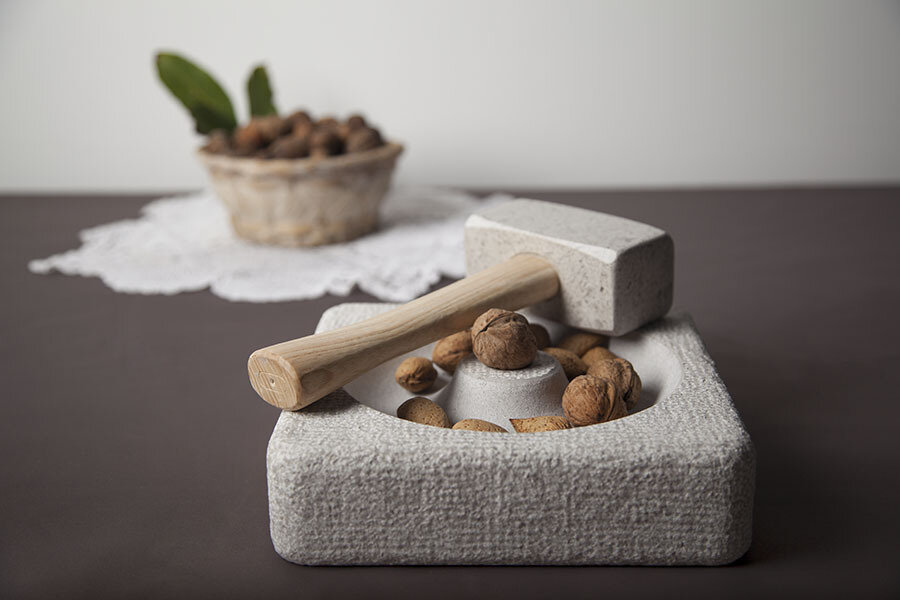Karst stone and stone-cutting

The stone-cutting tradition has developed in the presence of such abundant quantities of stone.
The extraction of stone has a thousand-year tradition, known already in the Antiquity. Small quarries, called ‘jave’ by the locals, can be found in the vicinity of most Karst villages. Peasants would open them on their land for themselves or lease them out to others. Stone was extracted so that first the large monoliths were removed and cut in workshops located at the quarry or in any of the villages. With a great sense of detail, local stone-cutters would then carve door and window frames, stairs, hearth frames, corbel stones, tombstones, well rims, stone gutters, holy shrines and of course the famous stone portals for homesteads the locals call ‘kalune’.
The stone-cutting masterpieces are a vital element of typical Karst architecture. Moreover, for many years stone has also been a source of inspiration for the sculptors who live and create in the Karst.










